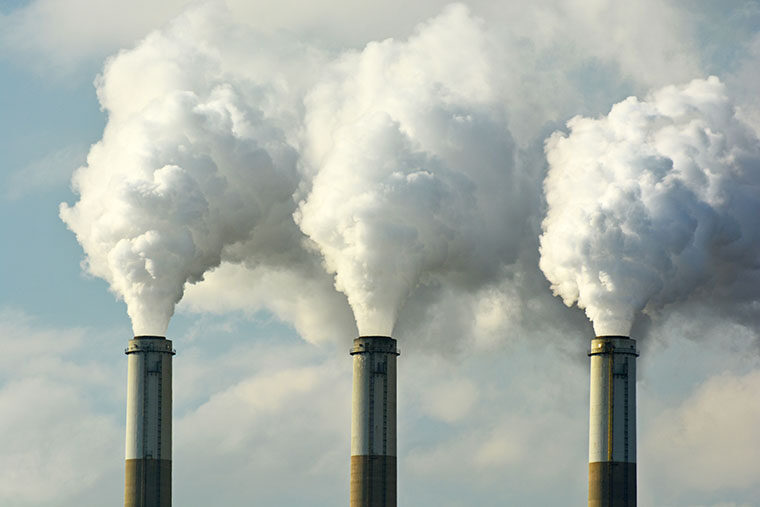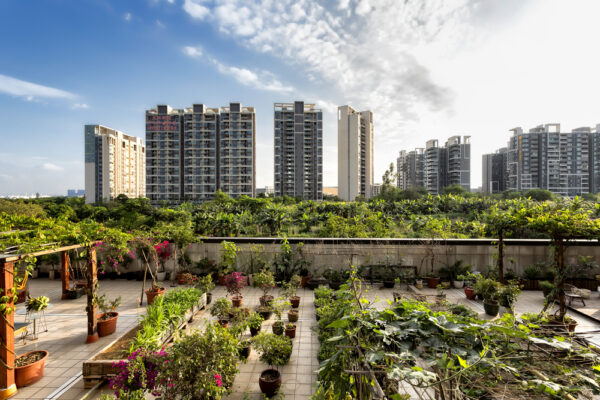Higher levels of air pollution in St. Louis are associated with neighborhoods with high levels of poverty, unemployment and segregation, finds a new study from the Brown School at Washington University in St. Louis.
“We found that approximately 14% of census tracts in the region had elevated cancer risk due to air toxics,” said Christine Ekenga, assistant professor at the Brown School. The study, “Cancer Risk From Air Toxics in Relation to Neighborhood Isolation and Sociodemographic Characteristics: A Spatial Analysis of the St. Louis Metropolitan Area, USA,” was recently published in the journal Environmental Research.

“Census tracts with the highest levels of both racial isolation of blacks and economic isolation of poverty were more likely to be located in air toxic hotspots than those with low combined racial and economic isolation,” said Ekenga, lead author and an expert in environmental and occupational health. Her research focuses on the epidemiology of chronic diseases such as cancer.
Ekenga and her co-authors obtained lifetime air toxics cancer risk data from the United States Environmental Protection Agency’s National Air Toxic Assessment.
They used geographic information systems to identify statistically significant clusters of census tracts with elevated all-site cancer risk due to air toxics in the St. Louis metropolitan area. Relative risks were estimated for the association between neighborhood characteristics and air toxic hot spots.
“These findings provide strong evidence of unequal distribution of carcinogenic air toxics in the St. Louis metropolitan area,” Ekenga said. “The results may be used to inform public health efforts to eliminate sociodemographic inequalities in exposure to air pollutants.”





